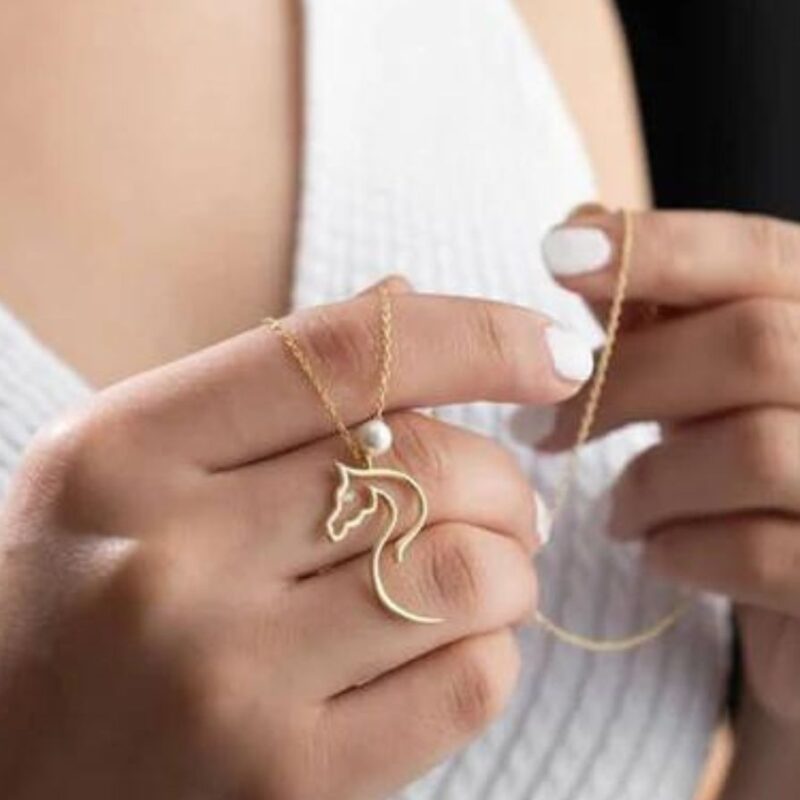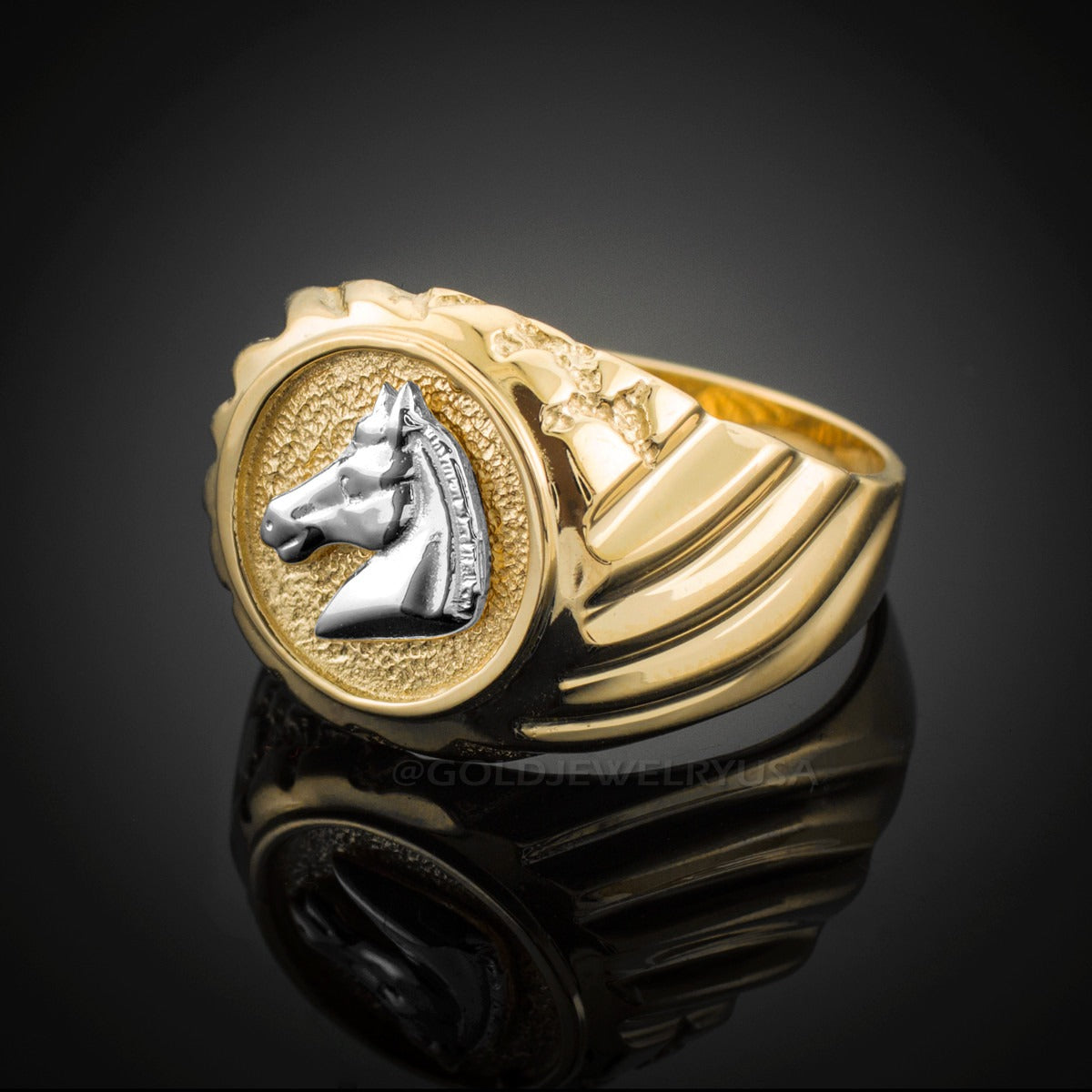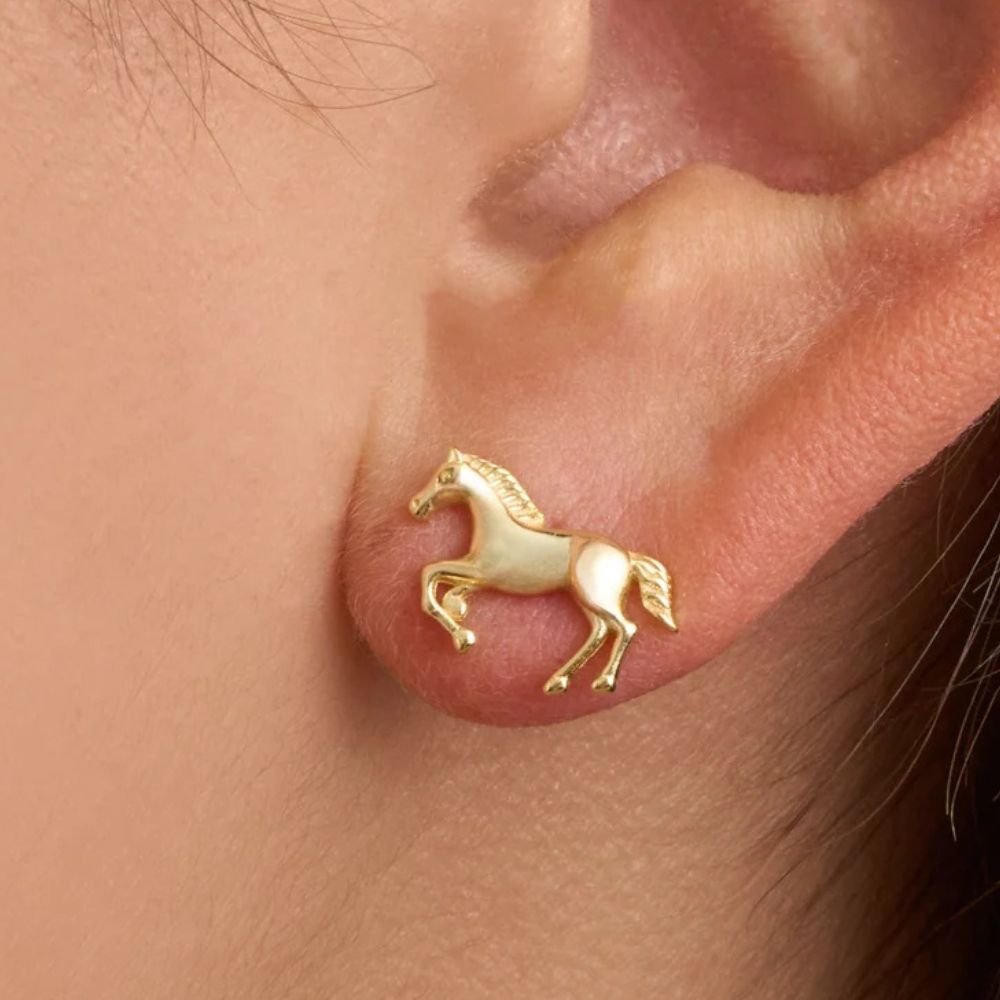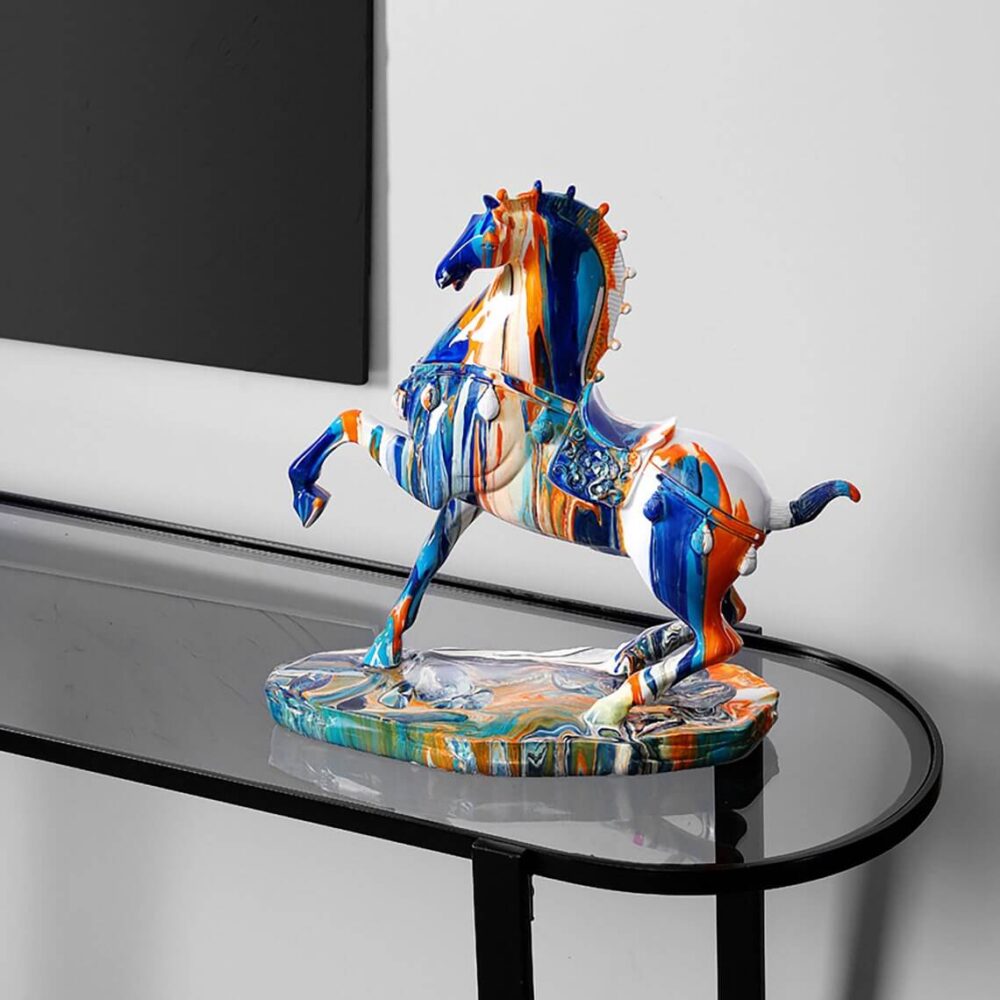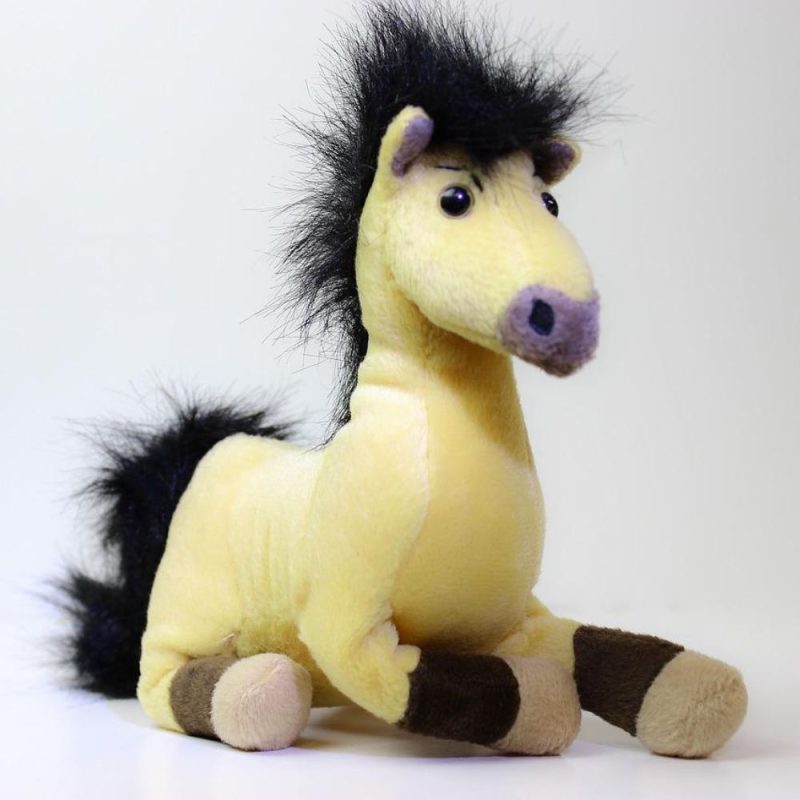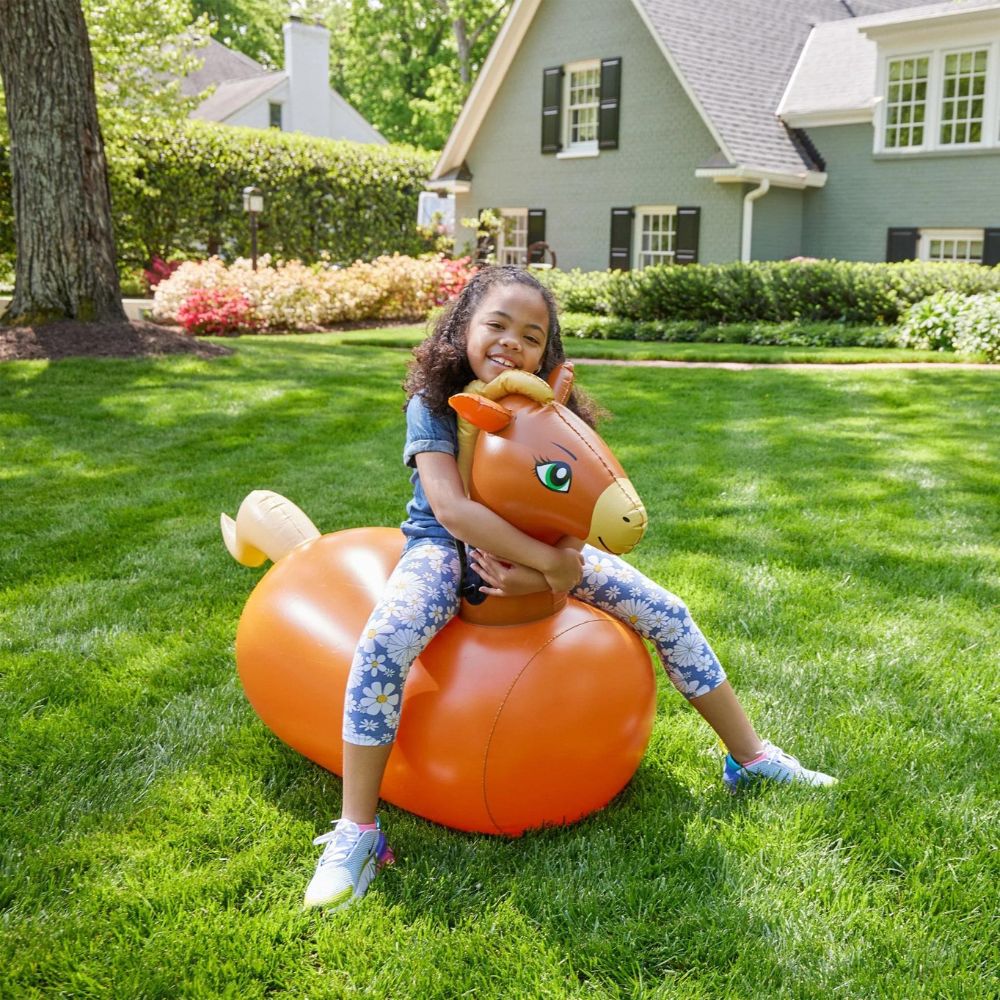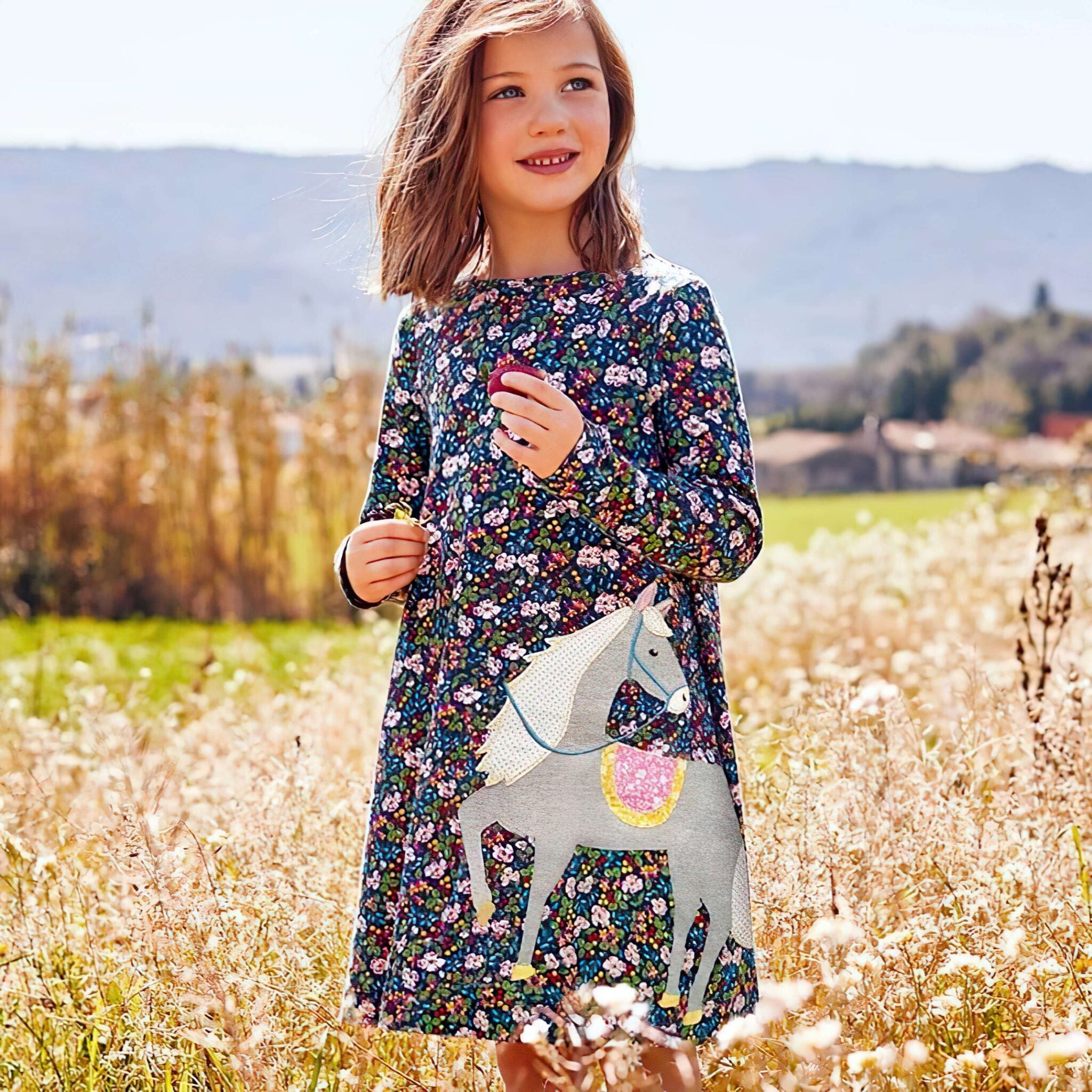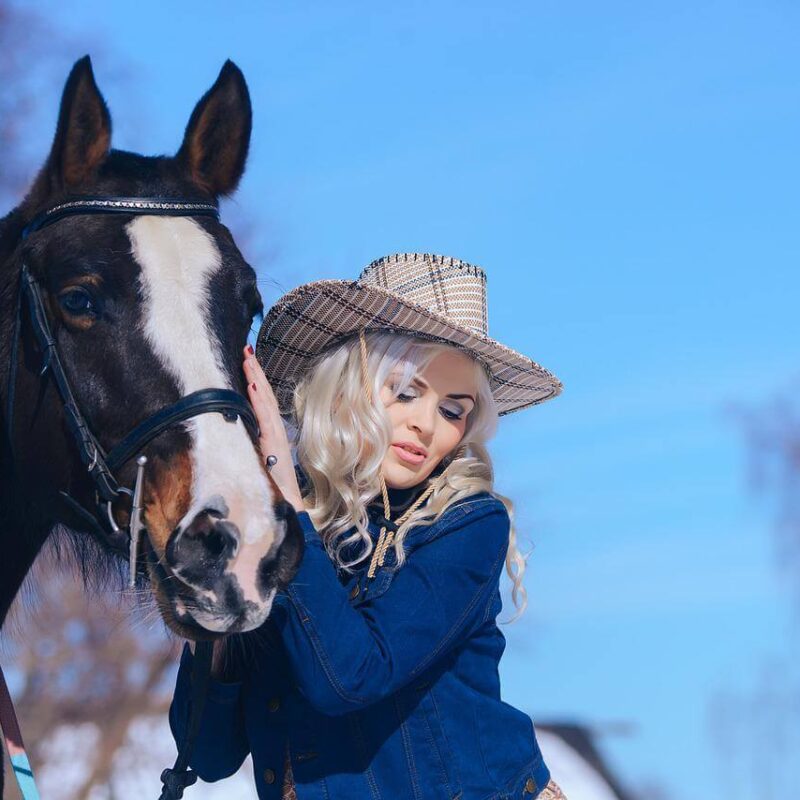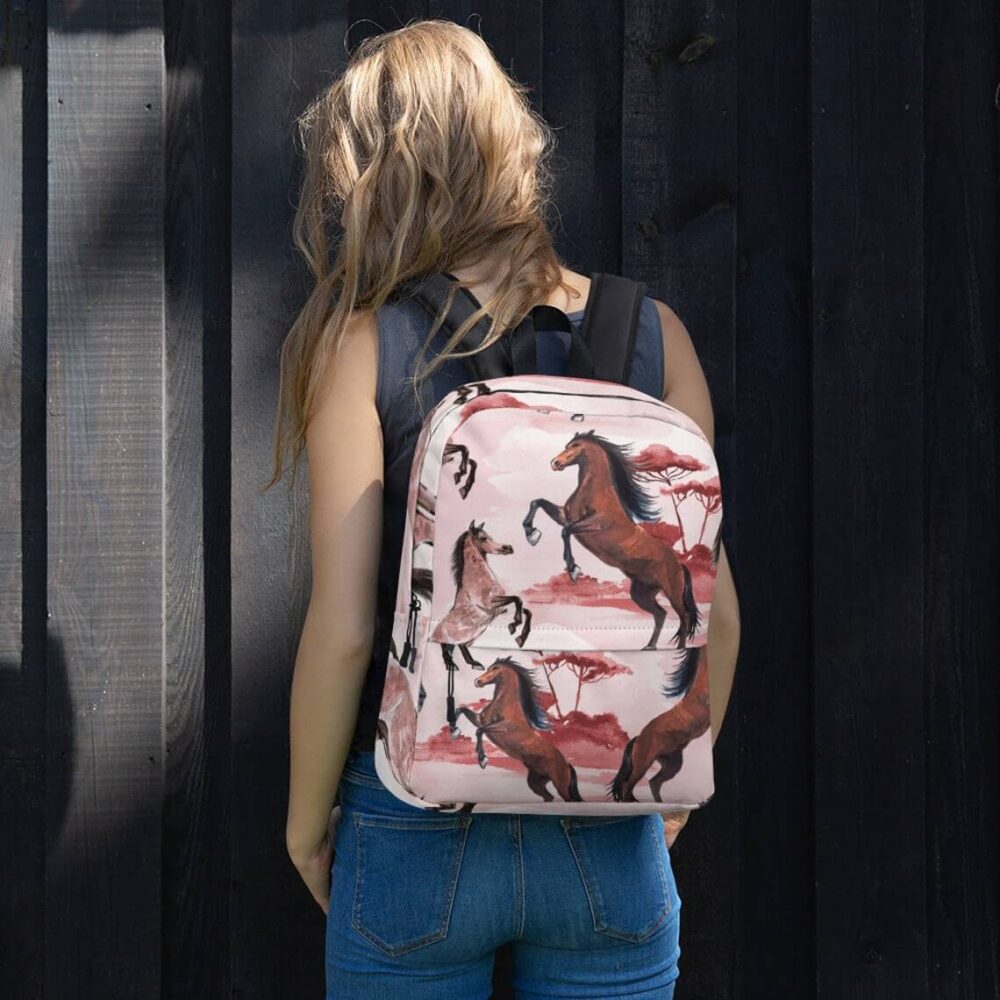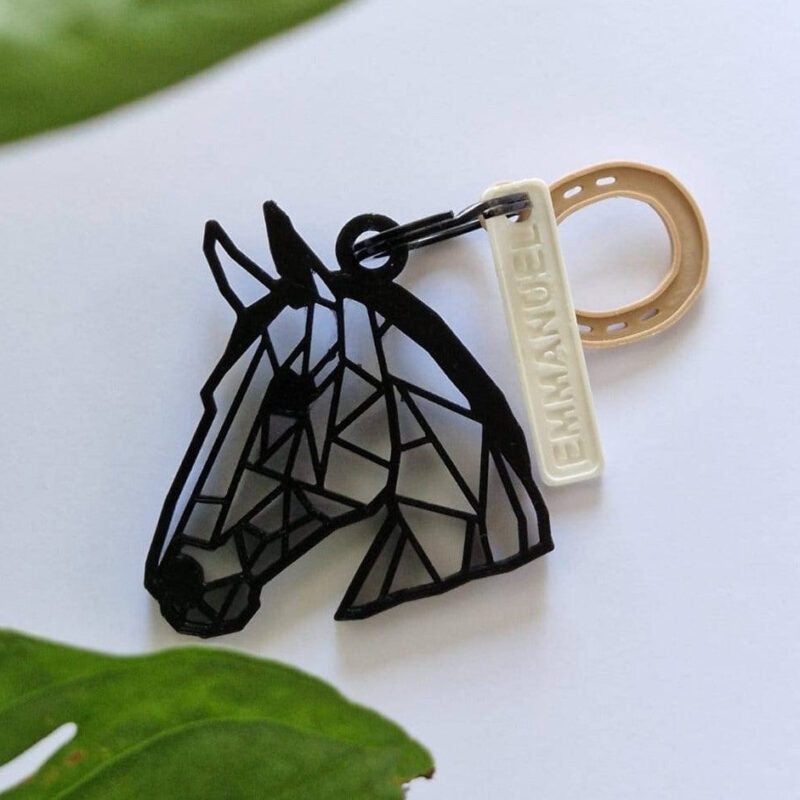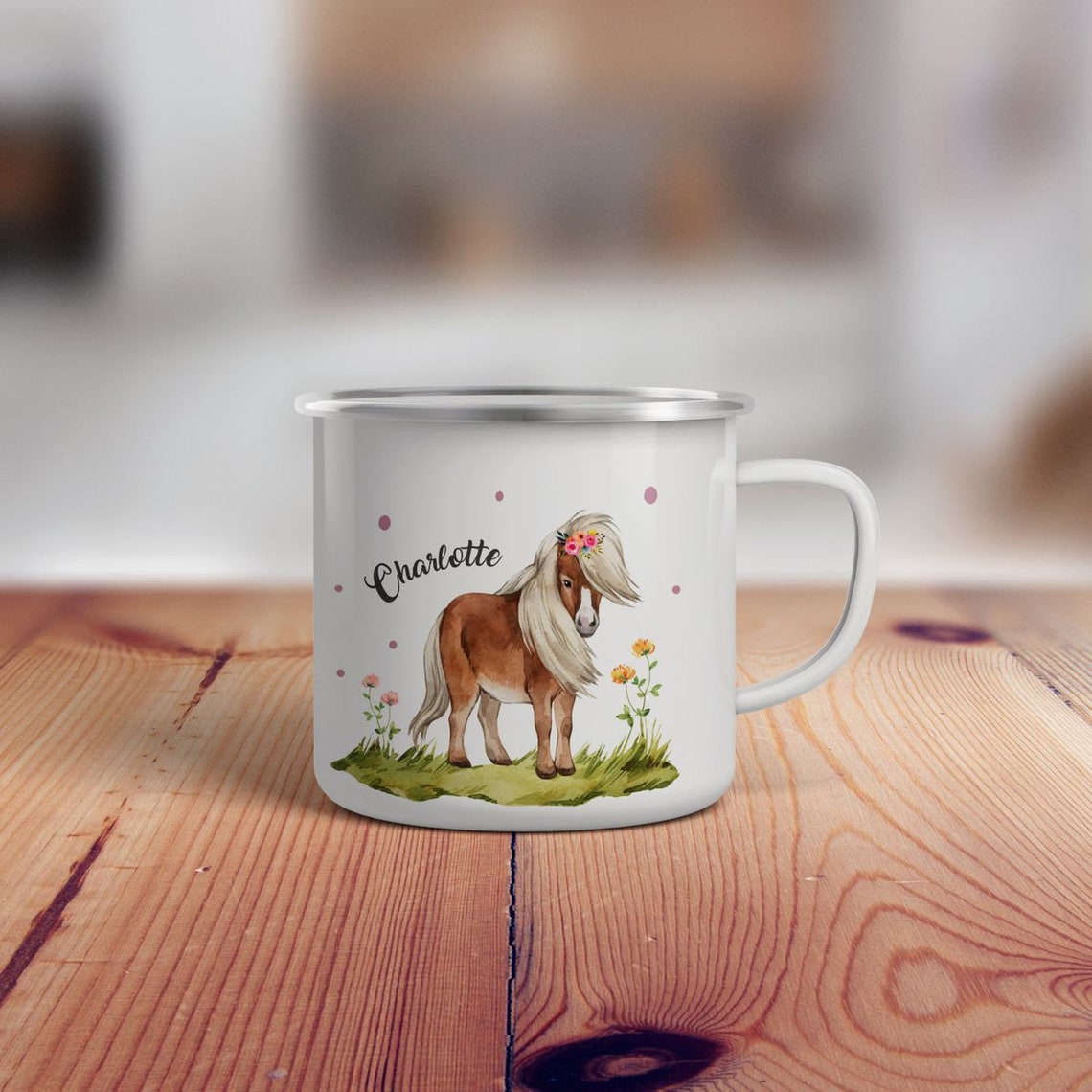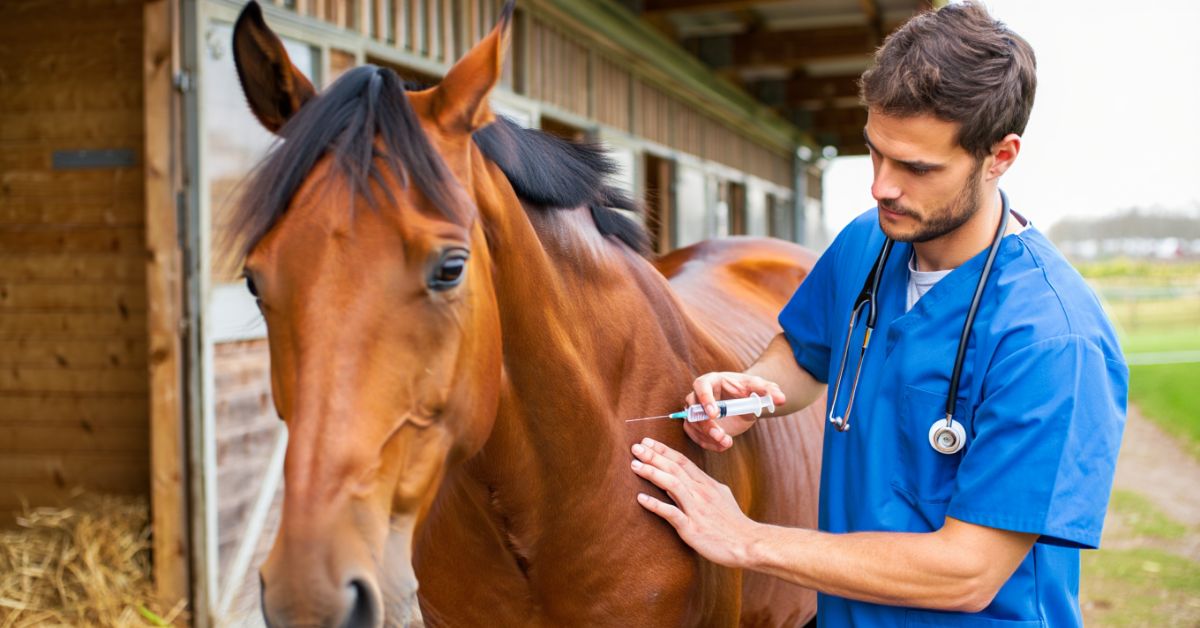
How Much Bute to Give a Horse: A Complete Guide for Responsible Horse Owner
How much bute to give a horse is one of the most critical questions every horse owner faces when dealing with equine pain management. Phenylbutazone, commonly known as bute, is a powerful non-steroidal anti-inflammatory drug (NSAID) that requires precise dosing to ensure your horse's safety and well-being.
The standard bute dosage typically ranges from 2-4 grams per day for a 1,000-pound horse, divided into two doses, but this can vary significantly based on your horse's weight, condition, and specific needs. Understanding proper bute administration isn't just about following a chart – it's about protecting your horse's horse skeletal health and ensuring their equine skeleton remains strong and functional throughout their life.
At Dream Horse, we understand that caring for your equine companion goes beyond beautiful equestrian jewelry and equestrian decoration. It's about making informed decisions that keep your horse healthy and comfortable. Let's explore everything you need to know about safe bute usage, from calculating the right dose to understanding potential risks and alternatives. 💊
Understanding Bute and Its Effects on Horse Anatomy
Phenylbutazone works by reducing inflammation throughout your horse's body, particularly affecting the horse skeletal system and soft tissues. When administered correctly, bute can provide significant relief for conditions affecting the equine skeleton, including arthritis, laminitis, and various musculoskeletal injuries.
The drug primarily targets the appendicular skeleton (horse) – the limbs and their connections – where most performance-related injuries occur. This includes crucial areas like the fetlock joint, stifle joint (horse), and hock joint (horse). Understanding how bute interacts with these structures is essential for responsible usage.
How Bute Affects Different Body Systems
Bute's anti-inflammatory properties work systemically, meaning it affects your horse's entire body. The horse spine and vertebral column (horse) benefit from reduced inflammation, while joints in the legs – including the complex anatomy of a horse leg – experience decreased swelling and pain.
However, this widespread action also means potential side effects can affect multiple systems. The gastrointestinal tract, kidneys, and even the horse bone structure itself can be impacted by prolonged or excessive use. This is why knowing how much bute to give a horse becomes so crucial for maintaining overall veterinary anatomy horse health.
Research from the American Association of Equine Practitioners shows that over 60% of performance horses receive bute at some point in their careers. Dr. Sarah Mitchell, equine veterinarian, states: "Proper bute dosing is like tuning a fine instrument – too little won't help, too much can cause serious harm."
➤ Also Read: How Much Does a 2 Horse Trailer Weigh: Complete Weight Guide for Horse Owners
Calculating the Correct Bute Dosage for Your Horse
Determining how much bute to give a horse requires careful calculation based on your horse's body weight and specific condition. The standard formula provides a starting point, but individual factors can significantly influence the appropriate dose.
Standard Dosage Calculations
For acute conditions, the typical bute dosage is:
- Loading dose: 4.4 mg per kilogram of body weight (2 mg per pound)
- Maintenance dose: 2.2 mg per kilogram of body weight (1 mg per pound)
Let's break this down with practical examples:
Example 1: A 1,100-pound horse
- Loading dose: 1,100 × 2 mg = 2,200 mg (2.2 grams)
- Maintenance dose: 1,100 × 1 mg = 1,100 mg (1.1 grams)
Example 2: A 900-pound horse
- Loading dose: 900 × 2 mg = 1,800 mg (1.8 grams)
- Maintenance dose: 900 × 1 mg = 900 mg (0.9 grams)
Factors Affecting Dosage Requirements
Several factors influence how much bute to give a horse:
The horse's age plays a significant role, as older horses with more developed horse bones count and mature bone development in horses may require different considerations. Young horses with still-developing vertebrae in horses need especially careful monitoring.
Body condition also matters. Horses with more muscle mass around their horse skull bones, ribs of a horse, and pelvis of a horse may process the medication differently than leaner animals.
The specific condition being treated affects dosing too. Issues with the coffin bone, navicular bone, or pastern bone might require different treatment protocols than problems affecting the cannon bone or splint bones (horse).
Weight Estimation Techniques
Accurate weight estimation is crucial for proper bute administration. If you don't have access to a scale, use weight tapes or the following formula:
Heart Girth² × Body Length ÷ 330 = Weight in pounds
For example, a horse with a 72-inch heart girth and 64-inch body length: (72 × 72) × 64 ÷ 330 = 1,003 pounds
Remember, this is an estimate. Professional weighing provides the most accurate results for determining how much bute to give a horse.
Safe Administration Protocols and Timing
Morning and Evening Dosing Schedules
Bute dosage should typically be divided into two daily administrations, approximately 12 hours apart. This approach maintains more consistent blood levels and reduces the risk of gastrointestinal upset that can affect the entire horse skeletal system.
Morning doses work well with most horses' natural rhythms, while evening doses help manage overnight discomfort. Many owners find that administering bute with feed reduces stomach irritation and makes the process easier for both horse and handler.
Duration Guidelines and Tapering
Short-term use (3-5 days) at full therapeutic doses is generally considered safe for most healthy horses. However, longer treatment periods require careful monitoring and often dose reduction.
A typical tapering schedule might look like:
- Days 1-3: Full dose (2-4 grams daily)
- Days 4-7: Reduced dose (1-2 grams daily)
- Days 8-10: Minimal dose (0.5-1 gram daily)
Dr. Jennifer Adams, writing in Equine Veterinary Journal in 2023, noted: "Gradual tapering prevents rebound inflammation while minimizing systemic stress on the horse's metabolism."
Administration Methods
Bute comes in several forms, each with advantages:
Oral paste: Easy to administer, quick absorption, ideal for most situations affecting the anatomy of a horse leg or other localized issues.
Powder: Can be mixed with feed, good for horses that resist paste, allows for precise dosing when dealing with conditions affecting the shoulder blade (horse) or scapula (horse).
Injectable: Fastest onset, used primarily by veterinarians for severe conditions affecting major bones like the femur (horse), tibia (horse), or humerus (horse).
Monitoring During Treatment
Watch for signs that indicate the bute dosage is appropriate or needs adjustment. Positive indicators include improved comfort, better movement through joints like the carpal bones (horse) and tarsal bones (horse), and maintained appetite.
Warning signs requiring immediate veterinary attention include loss of appetite, changes in urination, or increased sensitivity around the sacrum (horse) or coccygeal vertebrae (horse) areas.
Potential Side Effects and Safety Considerations
Understanding Bute-Related Risks
While bute is generally safe when used correctly, understanding potential side effects helps you monitor your horse effectively. The most common issues affect the gastrointestinal system, but the horse skeletal health can also be impacted with prolonged use.
Gastrointestinal Effects
- Stomach ulcers (most common side effect)
- Decreased appetite
- Colic symptoms
- Changes in manure consistency
Kidney and Liver Concerns
Extended use can affect organ function, particularly in older horses whose axial skeleton (horse) and overall systems may be more vulnerable. Regular blood work helps monitor these vital organs.
Bone and Joint Impacts
Interestingly, while bute treats inflammation in structures like the horse hoof bones and major joints, long-term use might actually interfere with natural healing processes in the radius (horse), ulna (horse), and other weight-bearing bones.
Drug Interactions and Contraindications
Bute can interact with other medications, particularly those affecting the cardiovascular system or other NSAIDs. Always inform your veterinarian about any supplements or medications your horse receives.
Horses with existing kidney problems, stomach ulcers, or compromised veterinary anatomy horse health require special consideration. Pregnant mares need alternative pain management strategies, as bute can affect fetal development.
Competition and Legal Considerations
Many equestrian sports have strict regulations about bute use. The substance must be withdrawn specific periods before competition:
- FEI competitions: 7 days withdrawal
- USEF competitions: Varies by discipline
- Racing: Often prohibited entirely
As of 2024, these regulations continue evolving, so always check current rules with your sport's governing body.
Alternatives to Bute and Long-Term Management
Natural Anti-Inflammatory Options
Several alternatives can complement or sometimes replace bute therapy:
Turmeric and curcumin supplements show promising anti-inflammatory effects, particularly for chronic conditions affecting the comparison to human bones joints and similar structures in horses.
Devil's claw has been used traditionally for joint pain, potentially helping with issues in the fibula (horse) area and other lower leg structures.
Cold therapy and hydrotherapy can reduce inflammation in specific areas like injured splint bones (horse) or swollen fetlock joint regions.
Physical Therapy and Management
Proper equestrian decoration of your horse's environment supports healing. Comfortable stall mats reduce stress on the horse spine and joints, while proper footing in turnout areas protects the complex horse hoof bones structure.
Regular massage and stretching help maintain flexibility throughout the vertebral column (horse), from the neck down to the sacrum (horse) region.
Nutritional Support
Supplements supporting bone development in horses can complement bute therapy:
- Calcium and phosphorus for strong horse bone structure
- Vitamin D for calcium absorption
- Omega-3 fatty acids for joint health
- Glucosamine and chondroitin for cartilage support
Long-Term Monitoring
Horses requiring frequent bute therapy need regular veterinary assessment. Blood work every 3-6 months helps monitor organ function, while imaging studies can track changes in affected bones and joints.
Express your style as a responsible horse owner by investing in quality monitoring tools and practical accessories that help you track your horse's condition between veterinary visits.
Frequently Asked Questions on Bute Dosage for Horses
How often can I give my horse bute? Bute should typically be given twice daily, approximately 12 hours apart. However, frequency depends on your horse's condition and your veterinarian's recommendations. Never exceed prescribed doses or duration without professional guidance.
Can I give bute long-term to my horse? Long-term bute use requires careful veterinary supervision. While some horses with chronic conditions may need extended treatment, regular monitoring of kidney and liver function is essential. Most veterinarians prefer limiting continuous use to minimize risks to horse skeletal health.
What happens if I give too much bute? Overdosing can cause serious side effects including stomach ulcers, kidney damage, and interference with normal bone development in horses. If you suspect an overdose, contact your veterinarian immediately. Symptoms may include loss of appetite, depression, or changes in urination.
Is there a difference between horse bute and dog bute? While the active ingredient (phenylbutazone) is the same, formulations differ significantly. Never use products designed for other species. Horse-specific bute is formulated considering the unique horse anatomy and equine skeleton requirements.
Can pregnant mares receive bute? Bute is generally not recommended for pregnant mares, especially during the first and third trimesters. The medication can affect fetal development and potentially impact the developing vertebrae in horses and other structures. Always consult your veterinarian for safe alternatives.
How do I know if bute is working? Signs of effective bute treatment include improved comfort, better movement, increased appetite, and reduced heat or swelling in affected areas. Your horse should show better flexibility through joints and improved overall demeanor within 24-48 hours of starting treatment.
At Dream Horse, we believe that informed horse care goes hand-in-hand with expressing your unique equestrian style. While we can't provide veterinary advice, we're here to support your journey with quality equestrian jewelry, equestrian decoration, and practical accessories that celebrate your love for horses. Always consult with your veterinarian for specific medical guidance regarding how much bute to give a horse. 🌟








